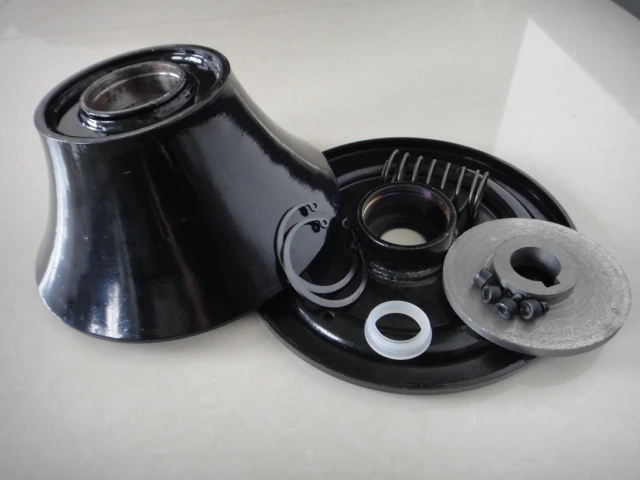 Afrikaans
Afrikaans  Albanian
Albanian  Amharic
Amharic  Arabic
Arabic  Armenian
Armenian  Azerbaijani
Azerbaijani  Basque
Basque  Belarusian
Belarusian  Bengali
Bengali  Bosnian
Bosnian  Bulgarian
Bulgarian  Catalan
Catalan  Cebuano
Cebuano  Corsican
Corsican  Croatian
Croatian  Czech
Czech  Danish
Danish  Dutch
Dutch  English
English  Esperanto
Esperanto  Estonian
Estonian  Finnish
Finnish  French
French  Frisian
Frisian  Galician
Galician  Georgian
Georgian  German
German  Greek
Greek  Gujarati
Gujarati  Haitian Creole
Haitian Creole  hausa
hausa  hawaiian
hawaiian  Hebrew
Hebrew  Hindi
Hindi  Miao
Miao  Hungarian
Hungarian  Icelandic
Icelandic  igbo
igbo  Indonesian
Indonesian  irish
irish  Italian
Italian  Japanese
Japanese  Javanese
Javanese  Kannada
Kannada  kazakh
kazakh  Khmer
Khmer  Rwandese
Rwandese  Korean
Korean  Kurdish
Kurdish  Kyrgyz
Kyrgyz  Lao
Lao  Latin
Latin  Latvian
Latvian  Lithuanian
Lithuanian  Luxembourgish
Luxembourgish  Macedonian
Macedonian  Malgashi
Malgashi  Malay
Malay  Malayalam
Malayalam  Maltese
Maltese  Maori
Maori  Marathi
Marathi  Mongolian
Mongolian  Myanmar
Myanmar  Nepali
Nepali  Norwegian
Norwegian  Norwegian
Norwegian  Occitan
Occitan  Pashto
Pashto  Persian
Persian  Polish
Polish  Portuguese
Portuguese  Punjabi
Punjabi  Romanian
Romanian  Russian
Russian  Samoan
Samoan  Scottish Gaelic
Scottish Gaelic  Serbian
Serbian  Sesotho
Sesotho  Shona
Shona  Sindhi
Sindhi  Sinhala
Sinhala  Slovak
Slovak  Slovenian
Slovenian  Somali
Somali  Spanish
Spanish  Sundanese
Sundanese  Swahili
Swahili  Swedish
Swedish  Tagalog
Tagalog  Tajik
Tajik  Tamil
Tamil  Tatar
Tatar  Telugu
Telugu  Thai
Thai  Turkish
Turkish  Turkmen
Turkmen  Ukrainian
Ukrainian  Urdu
Urdu  Uighur
Uighur  Uzbek
Uzbek  Vietnamese
Vietnamese  Welsh
Welsh  Bantu
Bantu  Yiddish
Yiddish  Yoruba
Yoruba  Zulu
Zulu Understanding Troughing Idlers for Belt Conveyor Systems and Their Benefits
Belt Conveyor Troughing Idlers An Essential Component for Efficient Material Handling
Belt conveyors are an integral part of various industries, including mining, manufacturing, and logistics. Among the key components that ensure the efficiency and reliability of these systems are troughing idlers. These specialized rollers play a crucial role in supporting the conveyor belt, facilitating material transfer, and reducing operational costs. In this article, we will explore the design, function, and benefits of troughing idlers in belt conveyor systems.
What are Troughing Idlers?
Troughing idlers consist of rollers that are arranged at an angle, typically between 20 to 45 degrees, to create a trough-like shape. This design serves to contain the bulk material being transported on the conveyor belt, preventing spillage and loss of product. Troughing idlers are typically made from durable materials such as steel, rubber, or plastic, designed to withstand the rugged conditions of industrial environments.
Functions of Troughing Idlers
The primary function of troughing idlers is to support the weight of the conveyor belt and the material carried on it. By distributing this load evenly across the length of the belt, troughing idlers help minimize wear and tear. Additionally, they assist in the alignment of the conveyor belt, ensuring that it runs smoothly along the desired path.
Moreover, troughing idlers help reduce friction between the belt and the structure, which can lead to energy savings. When properly installed and maintained, these idlers can enhance the overall efficiency of the conveyor system, reducing operational costs associated with energy consumption and equipment maintenance.
Advantages of Using Troughing Idlers
belt conveyor troughing idlers

1. Enhanced Material Containment The trough design of these idlers effectively holds the materials in place, reducing the risk of spillage. This is particularly beneficial in applications involving loose or granular materials, such as coal, gravel, or grains.
2. Load Distribution By providing uniform support to the conveyor belt, troughing idlers minimize concentrated stress points. This leads to prolonged belt life and decreased frequency of maintenance, ultimately providing cost savings.
3. Improved Alignment and Stability Well-placed troughing idlers keep the conveyor belt centered and prevent it from drifting. This stability is essential for maintaining a high level of operational efficiency, especially in busy production environments.
4. Versatility Troughing idlers are suitable for a wide range of applications, from heavy-duty mining operations to light-duty material handling scenarios. Their adaptability makes them a popular choice among engineers and operators.
5. Reduced Dust and Environmental Impact By controlling the material flow and minimizing spillage, troughing idlers contribute to a cleaner working environment. This is crucial in industries where dust and spillage can lead to contamination or safety hazards.
Conclusion
In conclusion, troughing idlers are a vital component of belt conveyor systems. Their ability to provide support, stability, and containment makes them indispensable for efficient material handling operations. As industries continue to evolve and demand more efficient and reliable systems, understanding the importance of troughing idlers becomes increasingly essential. By investing in high-quality troughing idlers and maintaining them properly, companies can ensure that their belt conveyor systems run smoothly and efficiently, ultimately boosting productivity and reducing costs. Embracing such technology not only facilitates better operational practices but also contributes to a cleaner and safer workplace, benefiting both the company and its workforce.
-
Revolutionizing Conveyor Reliability with Advanced Rubber Lagging PulleysNewsJul.22,2025
-
Powering Precision and Durability with Expert Manufacturers of Conveyor ComponentsNewsJul.22,2025
-
Optimizing Conveyor Systems with Advanced Conveyor AccessoriesNewsJul.22,2025
-
Maximize Conveyor Efficiency with Quality Conveyor Idler PulleysNewsJul.22,2025
-
Future-Proof Your Conveyor System with High-Performance Polyurethane RollerNewsJul.22,2025
-
Driving Efficiency Forward with Quality Idlers and RollersNewsJul.22,2025





























